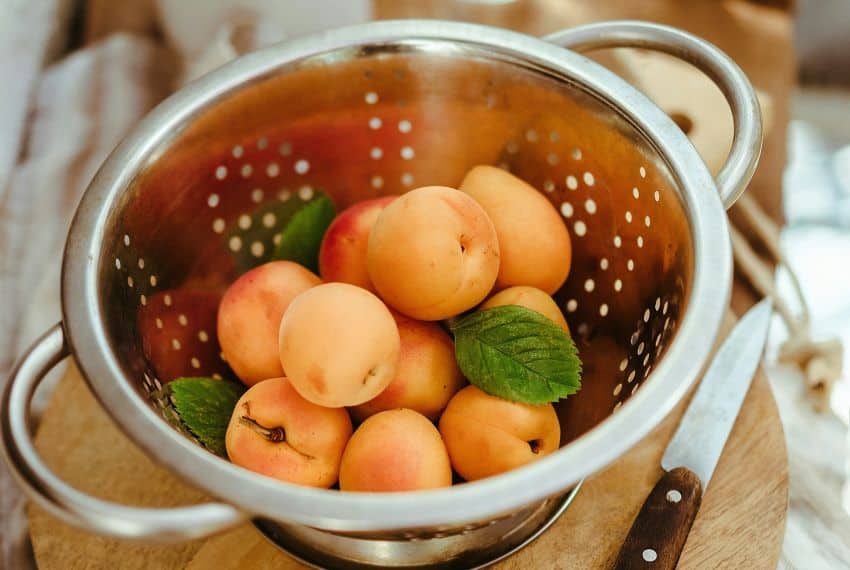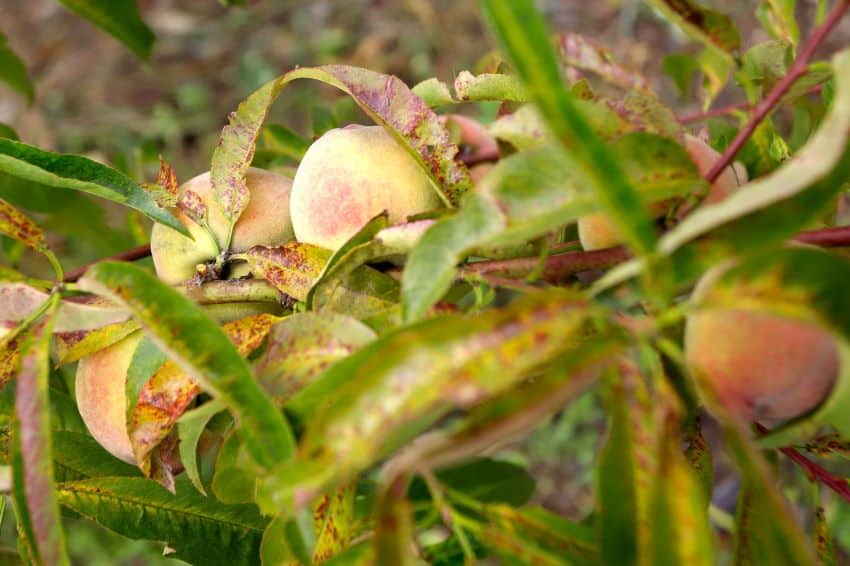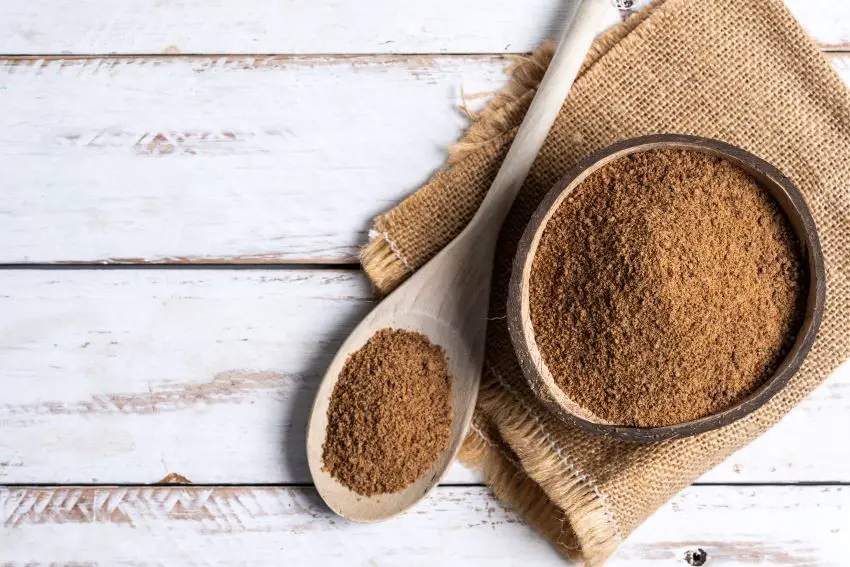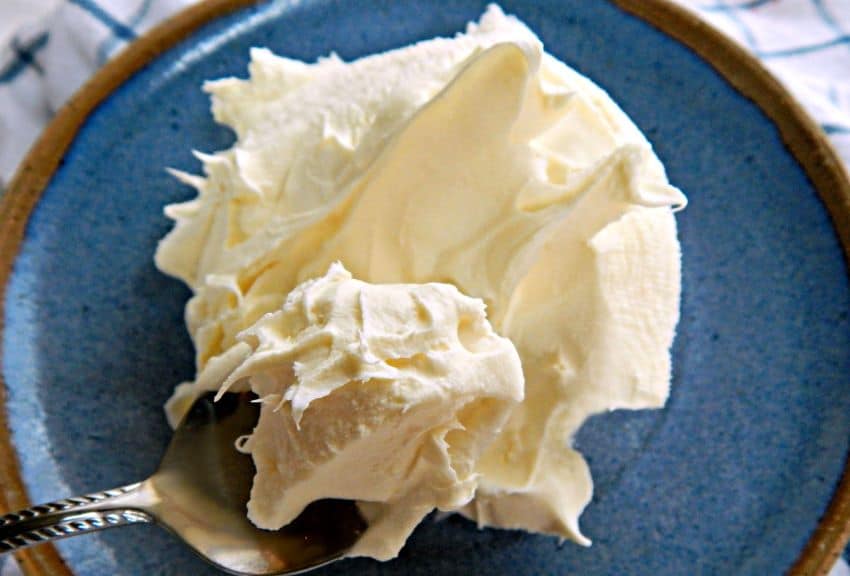When it comes to fresh fruit, apricots are something of a black sheep. They do not make the top ten list of consumed fresh fruits in either Mexico or the United States, but they should! Try these sweet, enticing apricot tacos for a whole new look at their flavor.
Low in calories and fat, apricots are packed with powerful antioxidants that benefit eye health and improve digestion, including beta carotene and vitamins A, C and E. They also protect the heart and guard against diabetes due to their flavonoid content that includes quercetin, for example.

The vitamins in apricots protect the skin from free radicals. Vitamin C helps prevent UV damage and build collagen. Beta carotene, on the other hand, reduces sunburn risk. Apricots also promote a healthy gut due to their fiber content, are high in potassium, and are very hydrating due to the amount of water they contain.
They’re also delicious! Resembling a small peach, apricots belong to the fruit family, which includes cherries, plums, nectarines, and even almonds. They have a unique flavor that’s sweet but tart like a plum. They’re sweet — but tart like a plum; their flavor is unique.
Apricots appeared on the Russian-Chinese border about 3000 B.C. and later, their seeds were imported to Europe. They are an “escaped” natural tree that grows freely along roadsides in Armenia and Turkey (the latter now being the largest producer of apricots in the world). They were introduced to the Ancient Greeks and then to the Roman Empire in the first century A.D., who named the fruit praecocum, the “precocious one,” because it bloomed earlier in Summer. It finally made its way to Spain around 1100. One can only assume that they traveled to Mexico during the Colonial Period (1521-1821), when Spain introduced a vast number of fruits and vegetables to the country. From there they traveled up the west coast to what is now California, which is now the States’ leading apricot producer.

The apricots found in Mexico are grown here, primarily in the states of Sonora and Chihuahua, which have the best climate and the right soil to meet their needs. The obvious question is: what should we make with these luscious, little gems? I’m thinking along the lines of adding a touch of mascarpone cheese and other goodies to turn them into a Mexican dessert delight.
So let’s talk mascarpone. Sweet and creamy, this cheese originated in the Lombardy region of Italy sometime around the 16th century. Mascarpone is versatile and makes a fabulous frosting or tiramisu. It can also be substituted for cream cheese in all your baking recipes and only has two ingredients, so why not make it with the untouchable excellence of dairy found in Mexico?
Apricot Dessert Tacos

Ingredients
- 1 lb (.45 kilo) apricots (chabacano), peeled and sliced
- 1 lemon, juiced (limón)
- ¼ cup water
- 1 tsp. ground cinnamon (canela)
- ½ cup brown sugar (azúcar morena)
- 1 cup (240 g) mascarpone cheese (queso mascarpone)
- Found in dairy section of supermarkets. Or make your own. Recipe follows.
- ¼ cup (30 g) powdered sugar (azúcar glas)
- 1 Tbsp. (13 g) vanilla extract (extracto de vanilla)
- 8 small flour tortillas
- 2 Tbsp. (28.35 g) butter (mantequilla)
- 2 Tbsp. (25 g) cinnamon sugar
- Make your own: Mix ½ cup (100 g) granulated sugar (Sp. azúcar estándar) with 2 Tbsp. (15.6 g) ground cinnamon (Sp. canela). Store in an air-tight container.
- ¼ cup (84 g) honey (miel)
Instructions
- Preheat oven to 425°F. (218 C)
- Place sliced apricots in a large skillet over medium heat.
- Top with the lemon juice and water.
- Sprinkle with cinnamon and sugar.
- Cook for 10-12 minutes until caramelized.
- In a large bowl, whip together mascarpone, powdered sugar and vanilla.
- Place the cheese mixture in the middle of each tortilla.
- Top with caramelized apricots.
- Roll the tacos tightly and place on a baking sheet.
- Brush with butter and sprinkle with cinnamon sugar.
- Bake for 12-15 minutes.
- Remove from oven and immediately drizzle with honey.
Homemade Mascarpone Cheese

Ingredients
- 2 cups (500 ml) heavy cream (Crema para batir)
-
- Crema para batir is high in butter fat, usually between 36%-40%, which will make for an excellent, rich, creamy mascarpone.
- 1 ½ tsp. (7 ml) filtered fresh lemon juice (Jugo de limón)
NOTE: Requires a candy thermometer.
Instructions
- Squeeze the lemon and strain the juice.
- Place heavy cream in a small saucepan over low heat. Stir continually as the cream heats so the water evaporates. The temperature should reach 180°F-185°F (82°C-85°C). Use a thermometer to test.
- Once the temperature is reached, turn off the heat and add lemon juice. Stir for a few minutes. The cream will start to thicken. Once it does, cover the saucepan and let it sit for one hour.
- Take a large strainer and place a thin, clean dishcloth (or tea towel or cheesecloth) inside the strainer. Put the strainer on top of a large bowl and pour the cream mixture into the dishcloth. The remaining water will pass through the dishcloth and into the bowl. Discard the water. What remains in the dishcloth is mascarpone! (You did it, but have a way to go!)
- Take the strainer and once again, place it over the bowl. Cover with plastic wrap and put in the refrigerator. The process of filtering and separating the liquid from the creamy part of the cheese continues and takes about 24 hours. Keep refrigerated.
- After 24 hours, remove the bowl from the refrigerator. The mixture will be solid mascarpone! Scoop it out with a spoon and put in a covered container. Discard the remainder.
Disfruta!
Deborah McCoy is the one-time author of mainstream, bridal-reference books who has turned her attention to food, particularly sweets, desserts and fruits. She is the founder of CakeChatter and the author of four baking books for “Dough Punchers” via CakeChatter (available @amazon.com). She is also the president of The American Academy of Wedding Professionals™ (aa-wp.com).
